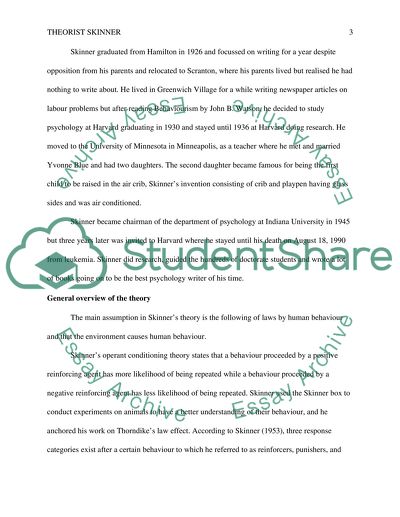Cite this document
(“Theorist Skinner Research Paper Example | Topics and Well Written Essays - 1250 words”, n.d.)
Retrieved from https://studentshare.org/psychology/1674025-major-theorist
Retrieved from https://studentshare.org/psychology/1674025-major-theorist
(Theorist Skinner Research Paper Example | Topics and Well Written Essays - 1250 Words)
https://studentshare.org/psychology/1674025-major-theorist.
https://studentshare.org/psychology/1674025-major-theorist.
“Theorist Skinner Research Paper Example | Topics and Well Written Essays - 1250 Words”, n.d. https://studentshare.org/psychology/1674025-major-theorist.


